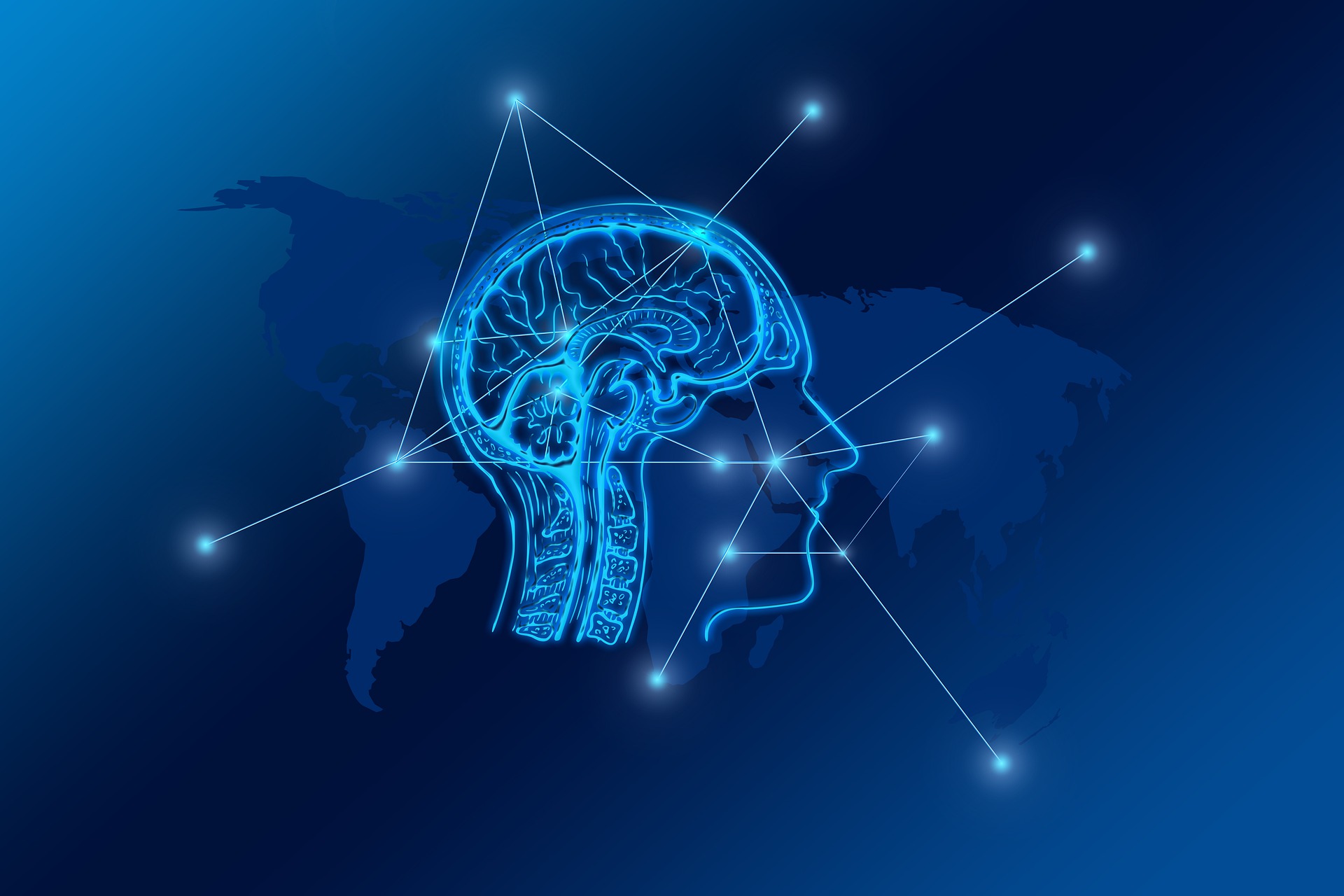Do you know the great impact that learning a new foreign language has on young people?

Knowing two different languages offers young people benefits ranging from professional, mental health and even physical. Below, learn about the great impact that learning a foreign language has on young people.
Having the possibility of incorporating a second language to our mother tongue can only give us multiple benefits.
The simple possibility of being able to communicate fluently with people from other countries will give us an unbeatable opportunity to, for example, change jobs and find a better future.
However, when we incorporate a new language, the benefits extend to the physical and cognitive arc.
The versatility of the brain
Advances in medicine, many years ago, changed the paradigm of what was believed about the brain: it was not a simple rigid organ, but its versatility allows it to modify itself throughout our lives. How does it obtain this plasticity? Depending on the experiences and experiences that we can adapt.
In this regard, learning a new language can modify our brain structure.
How does the assimilation of a new language restructure the brain?
When we incorporate a new language into our routine, the brain begins to carry out a “selection process”:
- It begins to reorganize memories
- Reinforces important data
- Eliminates those that are less important for our daily life or survival.
Thanks to the dynamism of the brain and its incredible plasticity, we can incorporate and modify our basic knowledge, change habits and learn an infinite number of new things throughout our lives.

Can I learn a new language at any time in my life?
Yes, the brain’s great capacity for adaptation tends to establish new inter-neuronal connections that converge in a mechanism for the effective incursion of new activities. Thus, learning a new language can be received by the brain at any time of our lives.
However, it should not be overlooked that the brain has a period of greater elasticity for learning and assimilation of new activities: Childhood and adolescence.
During these stages of life, the brain has an incredible flexibility and a greater capacity to receive new information.
A fact you should know
According to scientific revelations, when a language is learned during early stages, this information is stored in the same hemisphere as that of the mother tongue, the left hemisphere. However, when we learn a new language in adult life, this information is stored in the opposite hemisphere.
Benefits of learning a new language
When an adolescent acquires or begins to learn a new language, it has been more than demonstrated that it has a significant impact on the brain:
- A bilingual brain generates more gray matter substance.
- A brain with more gray matter works in conjunction with white matter creating better preservation into old age.
In addition, a brain that is bilingual allows for greater abilities for students and daily life performance.
- Enhances cognitive abilities
- Increases students’ attention span ergo, boosts efficiency in performing different tasks.
- Reduces any possibility of the onset of dementia symptoms.
- It can increase memory capacity

Don’t miss this unique opportunity to grow personally and professionally.
QLU Academy has opened the most awaited language course offers. For the hyper-connected world we live in, knowing two languages has become one of the most essential tools. If you are looking for a growing professional future, do not hesitate to visit us at qluacademy.org/2021-2022-course-offerings/. However, don’t forget that the benefits will also be grateful for your mental health.



